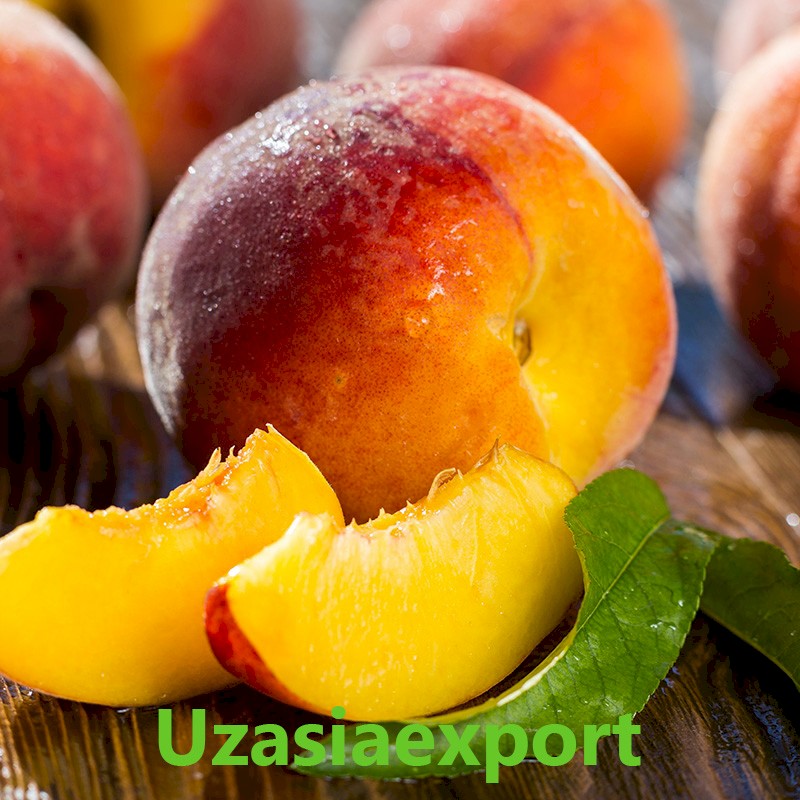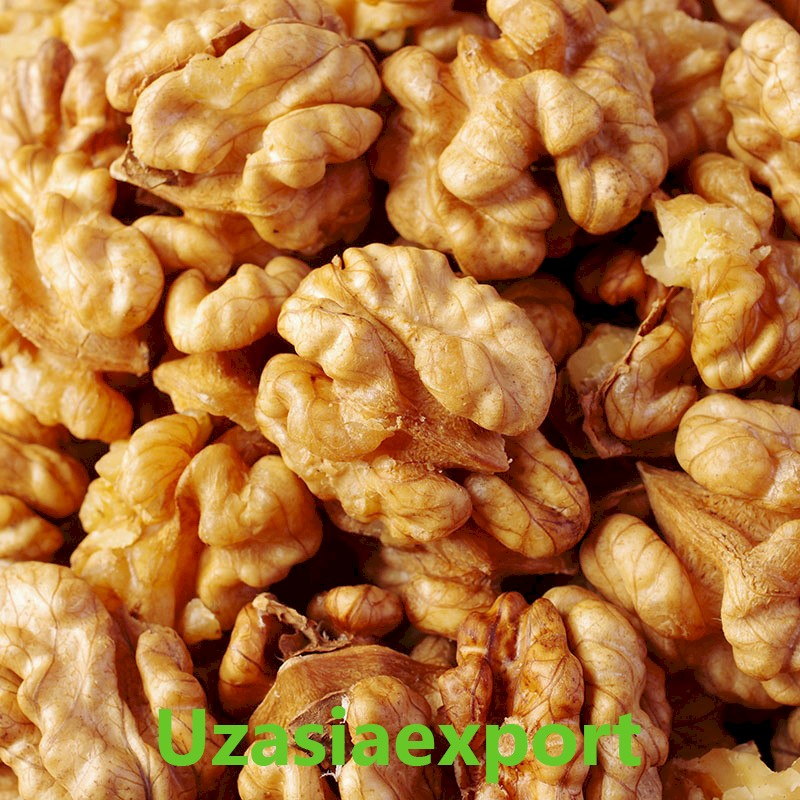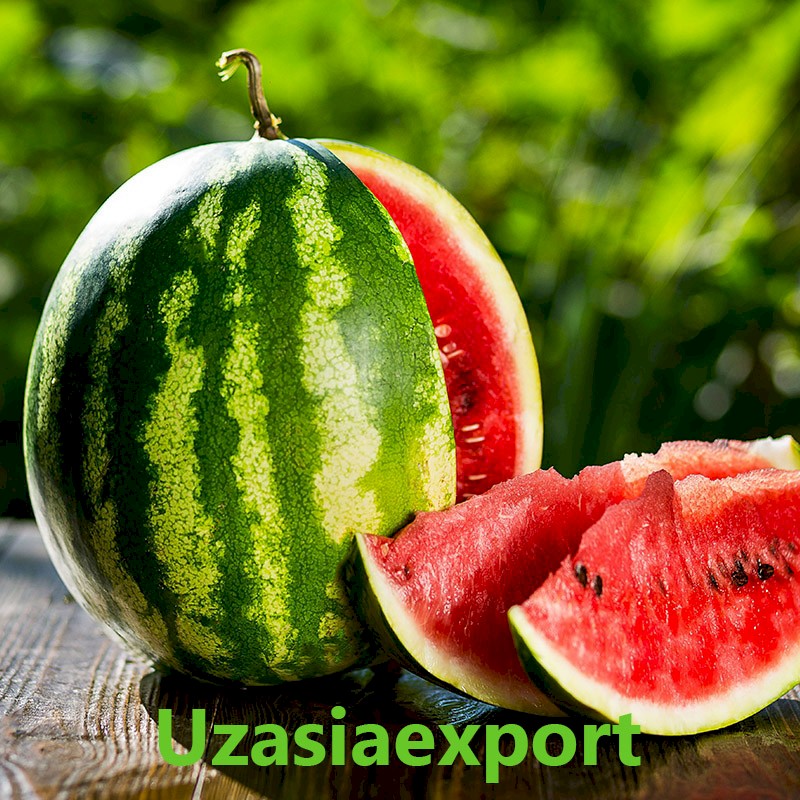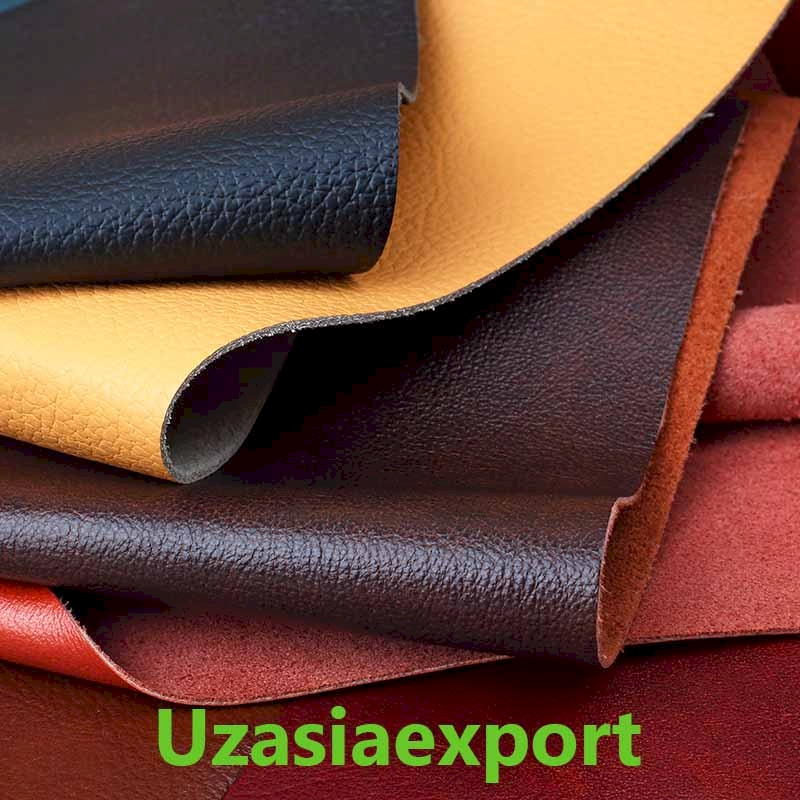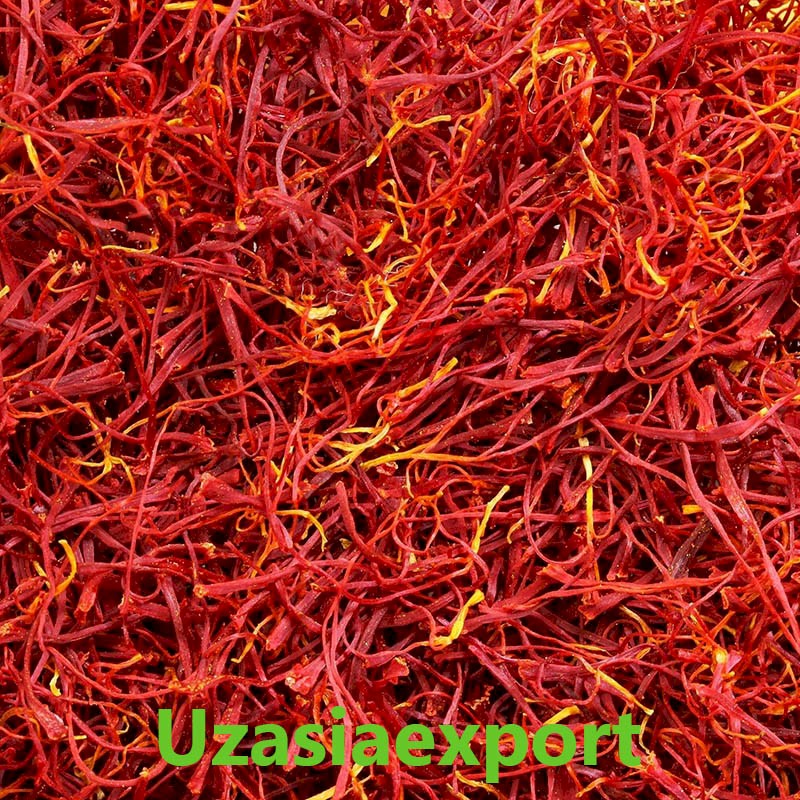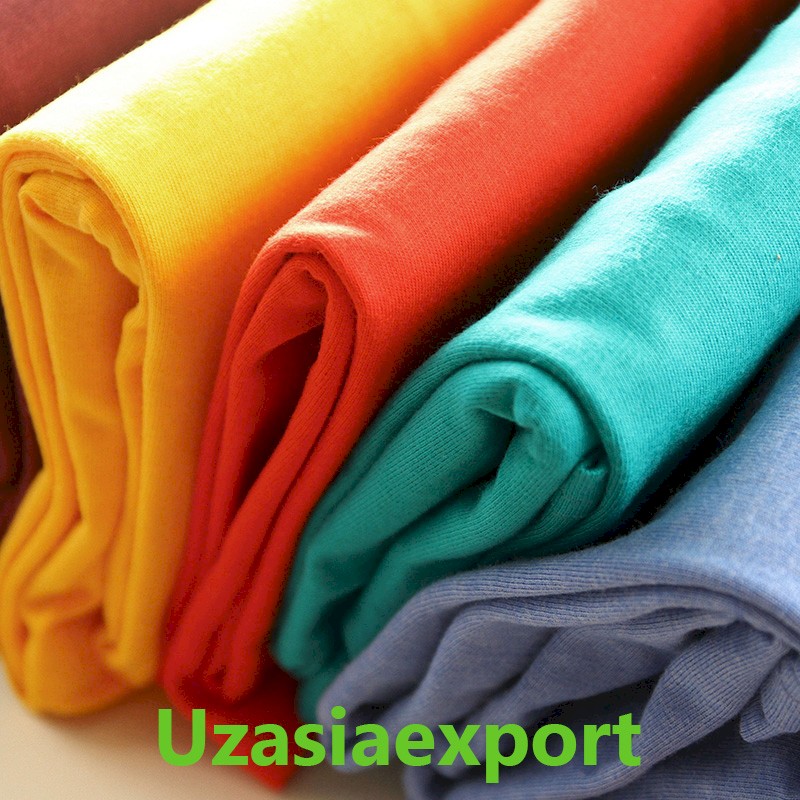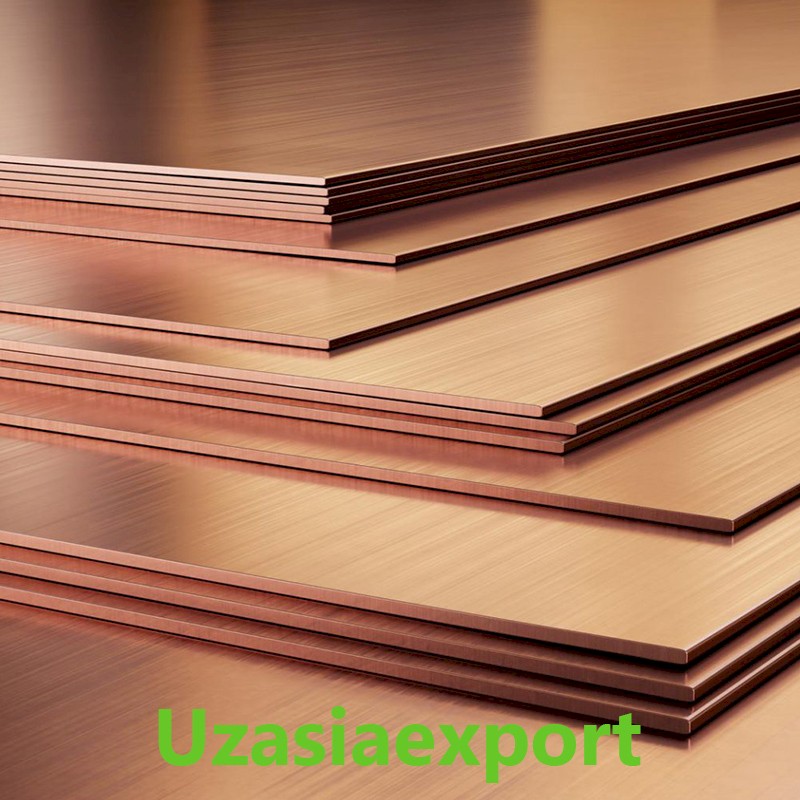Quince
-
Product category: Fruits
-
Species (Varieties): Khorezm pear-shaped quince Otlichnitsa Mushk behi Sovxoznaya Samqarkanskaya krupnoplodnaya Izobilnaya Krimskaya aromatnaya Aromatnaya
Suppliers:0
Small description
QUINCE (CYDONIA OBLONGA)
Quince is a very ancient crop. It was known in Central Asia before BC and came to us from the northern parts of the Iranian state. As a result of seed multiplication in Uzbekistan, the fruits have been radically differentiated to our local conditions, economic and commodity signs, as well as the shape of the tree have been improved, and cultural forms have been created.
There are two species of quince in Uzbekistan: the common quince (Cydonia oblonga Mill) and the Japanese quince (Chaenomeles Japonica Hinde). Culturally, the common quince is widespread. Produces many root bachki. In Uzbekistan, it is grown mainly as a tree. Along with all types of fruit crops, environmental factors play an important role in the care of quince plant.
The quince plant is heat demanding. The average optimal temperature for its good growth and formation of fruit buds is 15-20 degrees.
Moisture is also important for the quince plant, but it can withstand drought well in the absence of moisture. In doing so, it reduces evaporation and folds the leaves against excessive moisture in the soil. Gives quality and abundant yields when soil moisture is normal.
It is harvested faster than apples and pears - in 2–3 years. Quince is drought tolerant, more demanding to heat than apples and pears, and more resistant to cold (-270C). At very low temperatures (-300C ) fruit buds, annuals and old branches are damaged.
Quince enters the early harvest and gives an abundant harvest of 35–40 years, lives up to 50–60 years. Seedlings of the native species of quince are the best option. Among them, “Shirin” and “Nordon” varieties are recommended for Namangan region, “Kuva” (chillaki) for Fergana region, “Turush” for Bukhara region, “Almurut” quince for Khorezm region, and “Samarkand” large-fruited varieties for Samarkand region. Seedlings of the best local varieties can be used for other regions of the country. “Ayva-A” and “BA-29” welds are the best welds for quince.
Quince grown in Uzbekistan contains 75-80% water (when freshly picked); Contains 8.5% to 15.2% sugar, 1.5-2.0% malic and citric acids, 0.4-1.0% various acids, 0.4-0.7% additives. Quince contains vitamins C, B1, B2, PP and provitamin A. Mineral salts include sodium, potassium, calcium, magnesium, phosphorus, iron, cobalt, aluminum, boron, nickel, titanium, copper, manganese, zinc and others.
In addition, up to 20% of mucous amygdalin glycoside in quince seeds and seed pods; Contains more than 8% oils and dyes.

Suppliers of this product
Shown 0 goods from 0
Hot deals
Popular products currently available






